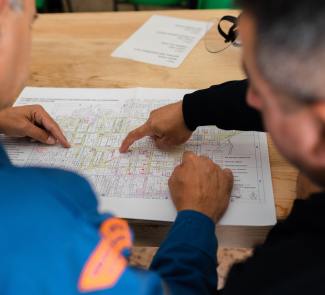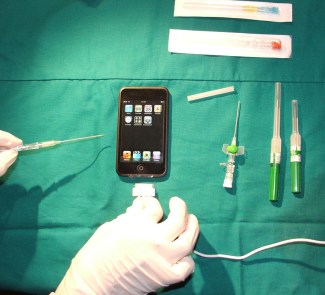Memoir can take the personal information from your smartphone and use it to create a kind of digital diary that includes all of your memories.
The old diary, with its yellowed pages, in which people scribbled their confessions by candle light, has become obsolete. Today, no one has the time – or desire – to sit down and record personal reflections and memories at the end of each day, which runs seamlessly into the next. But this doesn’t mean that this out-dated habit needs to be lost. The application Memoir automatically compiles the memories of users, and leaves fragments of them on their smartphones. The photos, as well as the data from social networks or location can all be included in this new kind of digital diary.
Memoir is designed for people who want to store their memories but don’t have time, or don’t want to make the effort to write them down or compile them. The software, which is currently only available for the iPhone, does this for them, saving a variety of information, both written as well as multimedia.
Memoir’s creator, Lee Hoffman, came up with the idea as a solution to a personal need and then extrapolated it to other people; for five years, Hoffman had painstakingly recorded everything in his day-to-day life: what he did, who he saw, what he ate, his moods…all supplemented with his own thoughts. Some time later, Hoffman went back to his early records to remember his situation years before, and he discovered that the forgotten details were fascinating.
He didn’t learn any earth-shattering lessons on life or reach any revealing conclusions, but he did realise that it was very interesting to dive into one’s own past life. So much so that he thought he would help people to do it. Not everyone is capable of reproducing Hoffman’s efforts over the course of five years, but (almost) everyone has a smartphone and uses social networks.
He saw the solution in mobile technology and decided to build Memoir, so that people could have access to their memories years later without having to make a huge effort. After being downloaded, the application takes photos from the terminal and connects to social networks to record statuses and communication with other users, and also saves location data and check-ins.
Apart from the automatic actions of the application, which organises the memories into packages and names them based on the information they contain, users can also add their own notes and photos, or comment on the stored ones, and also add their own reflections, which is one thing that the software is not capable of doing.
Memoir then displays a diverse digital diary of what the user was doing yesterday, or last year. And the application even shows the stored memories when users are in similar situations, with the same people, in the same places or even doing the same activities as before, such as skiing.
Image: Janitors









